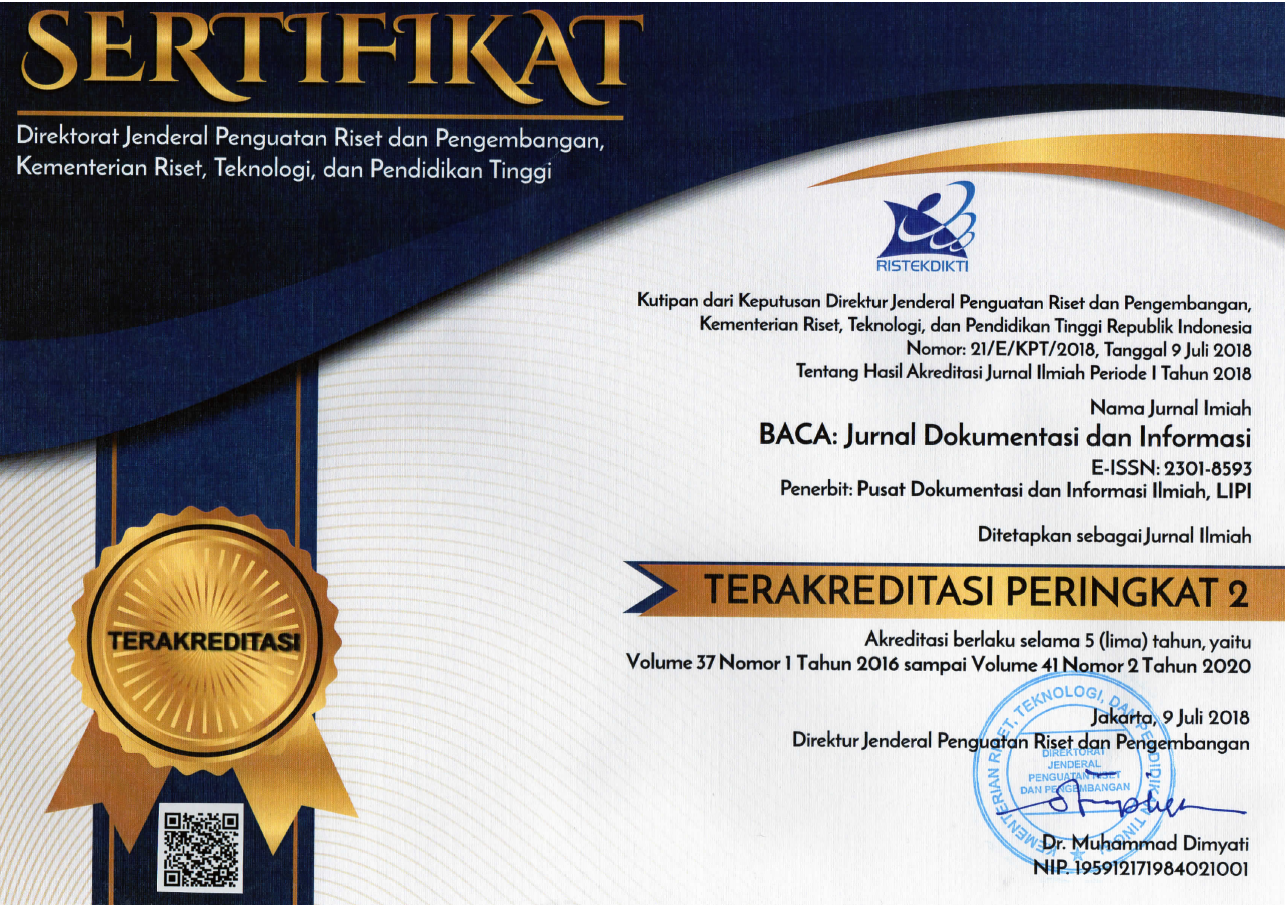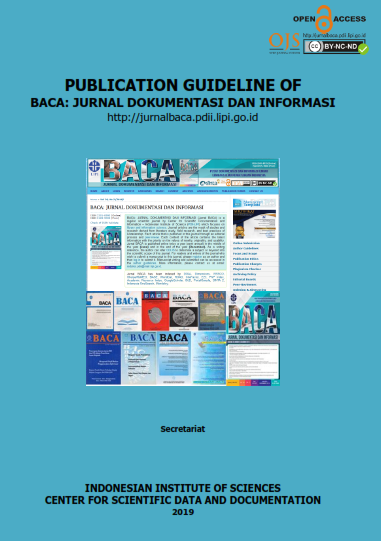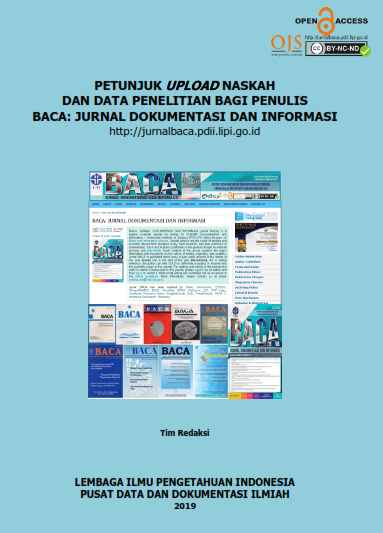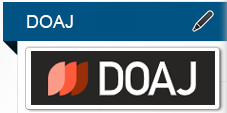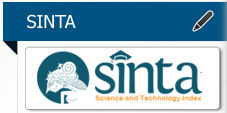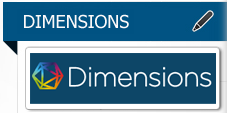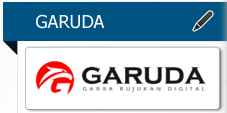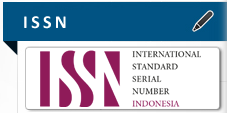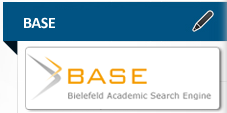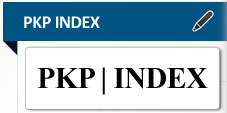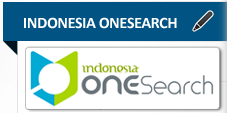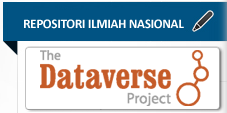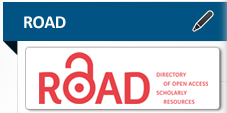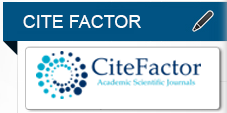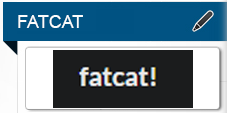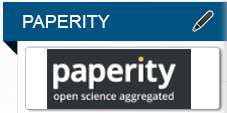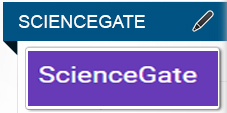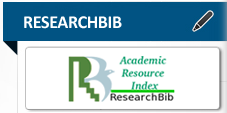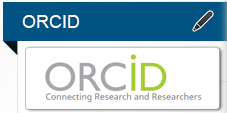THE EFFECT OF MEDIA AND INFORMATION LITERACY TOWARDS THE RESPONSE OF HOAX INFORMATION VIA WHATSAPP
Abstract
Women's ability in using technology must be completed with a good literacy to respond critically towards hoax information on WhatsApp. Likewise, the Empowerment and Family Welfare movement or Pemberdayaan Kesejahteraan Keluarga (PKK) in Situbondo, where most of the driving teams are housewives who use WhatsApp applications as their group communication. Therefore, the purposes of this study were: 1) to identify the Media and Information Literacy (MIL) of PKK Driving Team in Situbondo and hoax information responses on WhatsApp, 2) to examine the effect of MIL of PKK Driving Team in Situbondo towards hoax information responses on WhatsApp, 3) to investigate the effect of MIL of PKK Driving Team in Situbondo to the cognitive, affective, and behavioral responses of hoax information via WhatsApp. The research method used was a quantitative method with 440 respondents. The results revealed that: 1) the MIL was quite high, but the responses of hoax information were quite low, 2) there was a positive and significant effect of MIL towards hoax information responses, 3) there was a positive and significant effect of MIL to the cognitive, affective, and behavioral responses. This study provides an insight in making MIL policies for empowering PKK Driving Team in Situbondo in responding to hoax information critically and wisely.
Keywords
Full Text:
PDFReferences
Ahad, A. D., & Lim, S. M. A. (2014). Convenience or nuisance?: The ‘WhatsApp’ dilemma. Procedia - Social and Behavioral Sciences, 155(October), 189–196. https://doi.org/10.1016/j.sbspro.2014.10.278
Azali, K. (2019). Perempuan, literasi digital, dan ketimpangan. Kombinasi: Komunitas Membangun Jaringan Informasi. https://www.combine.or.id/cdn/doc/06f89b12-eb98-4b02-91fc-cbc08e9339cc-Edisi-E-Kombinasi.pdf
Badan Pusat Statistik. (2019). Profil perempuan Indonesia 2019. https://www.kemenpppa.go.id/index.php/page/read/26/2550/profile-perempuan-indonesia-2019
Baran, S. J., & Davis, D. K. (2012). Mass communication theory: Foundations, ferment, and future (6th ed.). Wadsworth Cengage Learning.
Bouhnik, D., & Deshen, M. (2014). WhatsApp goes to school: Mobile instant messaging between teachers and students. Journal of Information Technology Education: Research, 13, 217–231. https://doi.org/10.28945/2051
Ghozali, I. (2013). Aplikasi analisis multivariate dengan program IBM SPSS 21 update PLS regresi. Badan Penerbit Universitas Diponegoro.
Grizzle, A., Moore, P., Dezuanni, M., Asthana, S., Wilson, C., Banda, F., & Onumah, C. (2013). Media and information literacy: Policy and strategy guidelines. UNESCO. https://unesdoc.unesco.org/ark:/48223/pf0000225606
Gumay, A. N. (2019, April 2). Hoaks jelang pilpres meningkat, penebarnya “kebanyakan kaum ibu.” BBC News Indonesia. https://www.bbc.com/indonesia/indonesia-47769556
Habib, A., Asghar, M. Z., Khan, A., Habib, A., & Khan, A. (2019). False information detection in online content and its role in decision making: a systematic literature review. Social Network Analysis and Mining, 1–20. https://doi.org/10.1007/s13278-019-0595-5
Hunt, E. (2016). What is fake news? How to spot it and what you can do to stop it. In The Guardian (pp. 1–5). https://www.theguardian.com/media/2016/dec/18/what-is-fake-news-pizzagate
Kombinasi. (2019). Perempuan , literasi digital, dan ketimpangan. Kombinasi: Komunitas Membangun Jaringan Informasi. https://www.combine.or.id/cdn/doc/06f89b12-eb98-4b02-91fc-cbc08e9339cc-Edisi-E-Kombinasi.pdf
Kumar, S., West, R., & Leskovec, J. (2016). Disinformation on the web: Impact, characteristics, and detection of wikipedia hoaxes. 25th International World Wide Web Conference, WWW 2016, 591–602. https://doi.org/10.1145/2872427.2883085
Lestari, C. I., & Widarini, D. A. (2019). The power of emak-emak melawan hoaks potensi perlawanan hoaks melalui pemberdayaan perempuan. Conference on Communication and New Media Studies. http://proceeding.umn.ac.id/index.php/COMNEWS/article/view/1089/747
Librianty, A. (2017). Peningkatan literasi masyarakat dinilai bisa atasi wabah hoax. Liputan 6. https://www.liputan6.com/tekno/read/2854790/peningkatan-literasi-masyarakat-dinilai-bisa-atasi-wabah-hoax
Mardliana, I. (2019). Respon mahasiswa fakultas dakwah dan komunikasi uin waslingo semarang angkatan 2014 terhadap informasi hoax tentang cpns 2018 di whatsapp [Universitas Islam Negeri Walisongo Semarang]. http://eprints.walisongo.ac.id/10030/1/full.pdf
McQuail, D. (2011). Teori komunikasi massa (6th ed.). Salemba Humanika.
Novellno, A. (2018). Upaya negara perangi penyebaran berita palsu. Cnnindonesia.Com. https://www.cnnindonesia.com/teknologi/20180623085115-185-308291/upaya-negara-perangi-penyebaran-berita-palsu
Perkasa, A. (2017). Rudiantara akui pemblokiran situs hoax tak efektif. CNN. https://www.cnnindonesia.com/teknologi/20170202112030-185-190784/rudiantara-akui-pemblokiran-situs-hoax-tak-efektif
Rachman, M. A., & Laksmi. (2017). Housewife information literation in responding hoax information in the health field in social media. Scholar Summit 2017 on Shaping the Better World. https://scholarsummit.ui.ac.id/wp-content/uploads/sites/79/2017/10/e-Paper-Scholar-Summit-2017.pdf
Rakhmat, J. (2018). Psikologi komunikasi: Edisi Revisi. Simbiosa Rekatama Media.
Ryan, T. P. (2013). Sample size determination and power. In Acta Universitatis Agriculturae et Silviculturae Mendelianae Brunensis (Vol. 53, Issue 9). John Wiley & Sons. http://publications.lib.chalmers.se/records/fulltext/245180/245180.pdf%0Ahttps://hdl.handle.net/20.500.12380/245180%0Ahttp://dx.doi.org/10.1016/j.jsames.2011.03.003%0Ahttps://doi.org/10.1016/j.gr.2017.08.001%0Ahttp://dx.doi.org/10.1016/j.precamres.2014.12
Tim Penggerak PKK Pusat. (2017). Sejarah singkat PKK. https://tppkk-pusat.org/tentangkami/
UNESCO. (2013a). Conceptual relationship of information literacy and media literacy: Series of Research Papers. Conceptual Relationship of Information Literacy and Media Literacy in Knowledge Societies, 76–89. http://www.unesco.org/new/fileadmin/MULTIMEDIA/HQ/CI/CI/pdf/wsis/WSIS_10_Event/WSIS_-_Series_of_research_papers_-_Conceptual_Relationship_between_Information_Literacy_and_Media_Literacy.pdf#page=103
UNESCO. (2013b). Global media and information literacy assessment framework: Country readiness and competences. In United Nations Educational, Scientific and Cultural Organization (UNESCO). www.unesco.org/...information/ (accessed 17 April 2018)
Watie, E. D. S. (2011). Komunikasi dan media sosial (Communications and social media). The Messenger, III(1), 69–75. http://journals.usm.ac.id/index.php/the-messenger/article/view/270/172
Wetheridge, L. (2016). Girls’ and women’s literacy with a lifelong learning perspective :Issues, trends and implication for the suistanable devepment goals. UNESCO. http://disde.minedu.gob.pe/bitstream/handle/123456789/4530/Girls’ and women’s literacy with a lifelong learning perspective issues, trends and implications for the Sustainable Development Goals.pdf?sequence=1&isAllowed=y
Yovita. (2017). Kementerian Komunikasi dan Informatika. https://kominfo.go.id/index.php/content/detail/3415/Kominfo+%3A+Pengguna+Intern et+di+Indonesia+63+Juta+Orang/0/berita_satker
Yuniar, A. D., Fibrianto, A. S., Prabawangi, R. P., & Ananda, K. S. (2019). Menciptakan perempuan cerdas berinternet melalui penanaman literasi digital komunitas ‘Ruang Berkarya Perempuan.’ Jurnal Praksis Dan Dedikasi Sosial, 2(2), 47. https://doi.org/10.17977/um032v2i2p47-53
Zannettou, S., Sirivianos, M., Blackburn, J., & Kourtellis, N. (2019). The web of false information. Journal of Data and Information Quality, 11(3), 1–37. https://doi.org/10.1145/3309699
DOI: https://doi.org/10.14203/j.baca.v42i2.712
Copyright (c) 2021 BACA: JURNAL DOKUMENTASI DAN INFORMASI

This work is licensed under a Creative Commons Attribution-NonCommercial-NoDerivatives 4.0 International License.



